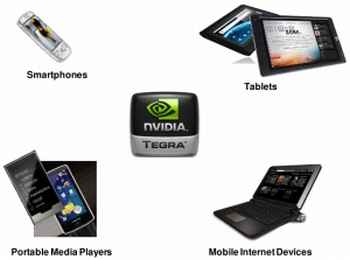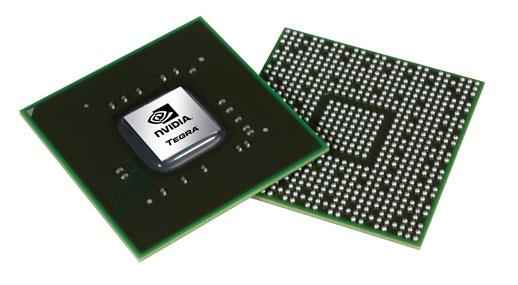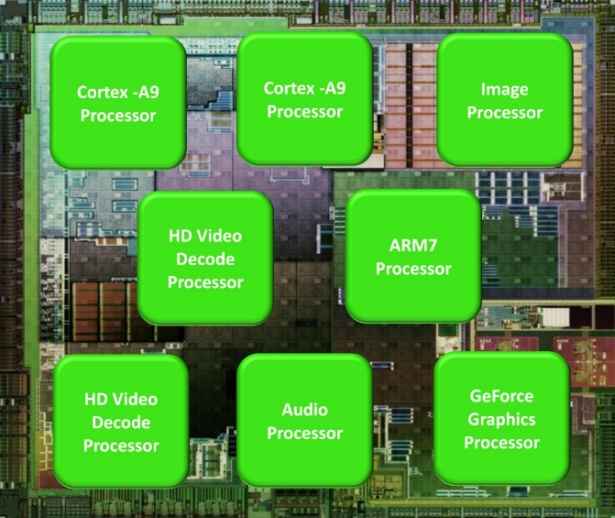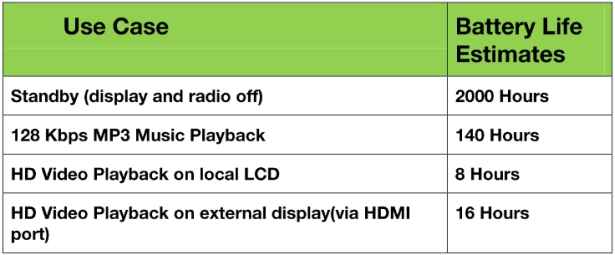The technology behind Nvidia Tegra 2, which squeezes eight processors into one chip
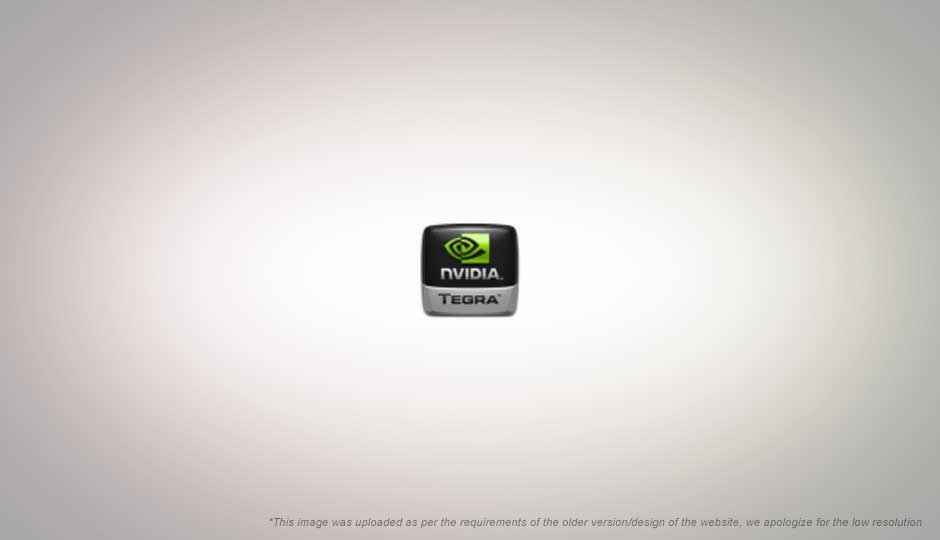
With the slew of Tegra 2 based devices about to enter the market, let us take a look at the technology behind the system-on-chip processors. Apparently “smaller-than-your-thumbnail”, the Tegra 2 processor is Nvidia’s latest mobile computing processors designed to bridge that gap between performance and battery-life, combining processor (CPU and GPU) and power-management technologies. Meant for a wide range of mobile platforms including smartphones, tablets, netbooks, e-readers, media players, mobile internet devices, and automotive infotainment and driver safety systems, the Nvidia Tegra 250 is designed on the philosophy of “the right tool for the job”.
 Survey
SurveyIt purportedly delivers 4 times the performance of the previous generation of Tegra chips, and is 10 times “faster than the processors used in smartphones today”.
Nvidia Tegra 250’s multi-processor architecture is the key to these stunning performance figures, and it has eight purpose-optimized, high-performance independent processors that are meant to deliver great web browsing, HD video streaming, and 3D mobile gaming. Each “processor adds instructions, caches, clocks, and circuits optimized for each specific task, with performance monitors to track system activity. These monitors forward their data to the Nvidia Tegra Global Power Management System, which “determines the optimal operating frequency and voltage for the active processors”.
The eight processors are:
Ultra Low-Power Graphics Processor (GPU): Used for both mobile 3D gaming and 3D touch user interfaces
Video Decode Processor: Runs video macro-block oriented algorithms such as IDCT, VLD, and CSC, along with bit-streaming, to deliver full frame rate 1080p HD video playback. It also handles all three Flash video formats: H.264, Sorenson, and VP6-E.
Video Encode Processor: Runs video-encode algorithms to encode 1080p HD video for video recording and conferencing.
Image Signal Processor (ISP): Handles light-balance, noise reduction algorithms, edge enhancement, and other real-time photo enhancement features.
Audio Processor: Handles analog audio-signal processing to deliver more than 140 hours of continuous 128 kbps mp3 playback on a single battery-charge.
Dual-Core ARM Cortex A9 CPU: First dual-core for mobiles, and a general purpose CPU for web browsing and mobile computing, featuring Symmetric Multi-Processing (SMP), enable easy task parallelization between the cores.
ARM7 Processor: Handles system management functions and proprietary battery life extending features.
In case you counted seven, remember the Dual Core ARM Cortex A9 CPU is counted as two. We can’t wait for the first devices to come out bearing the Tegra 250. Do also check out the battery-life estimates expected from an Nvidia Tegra-based tablet with 2000mAh battery and 400mW display (the below figures have yet to be verified by 3rd party sources).
